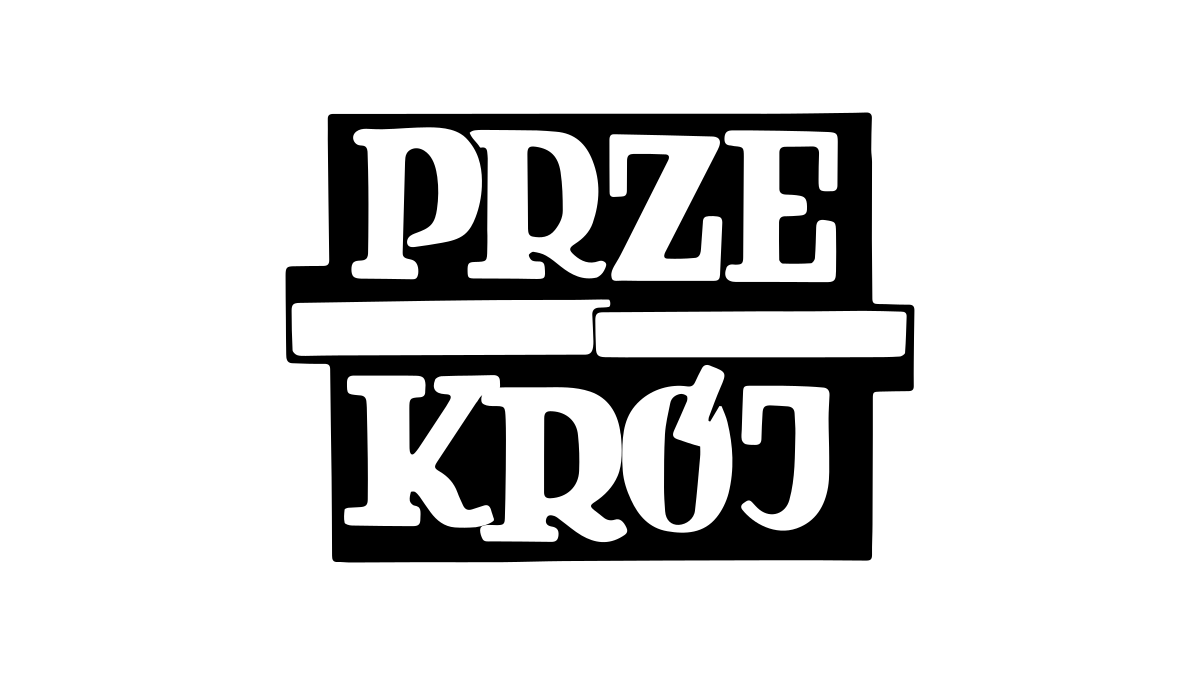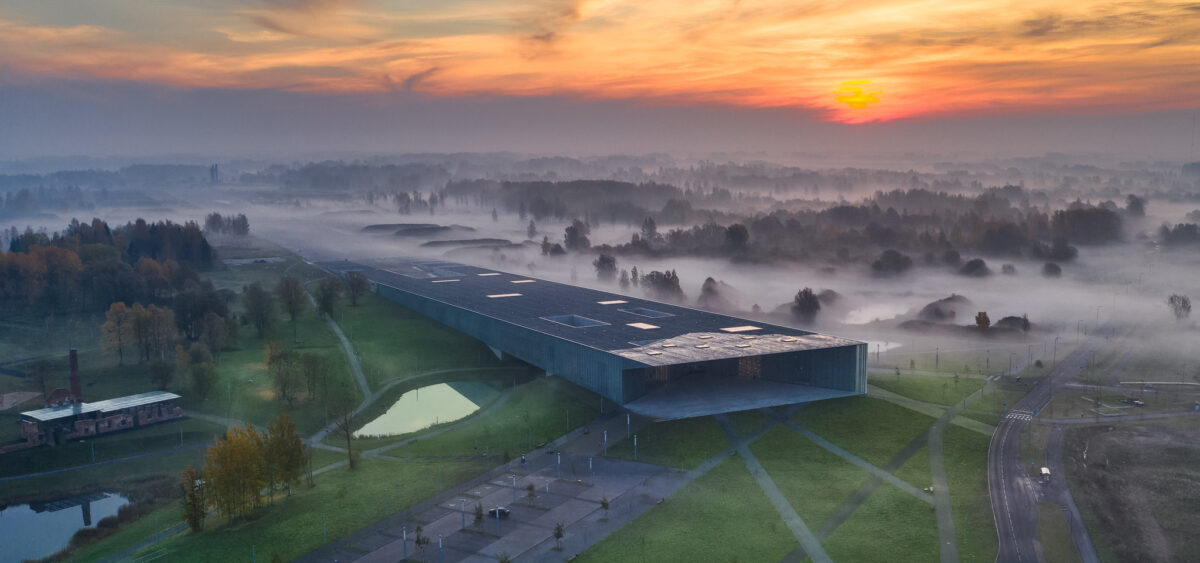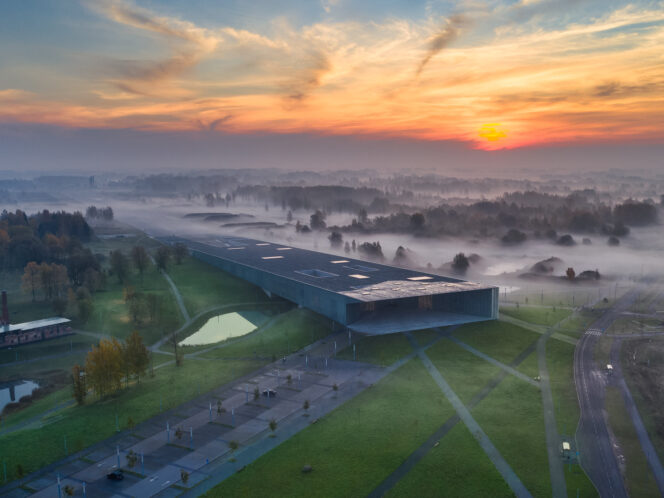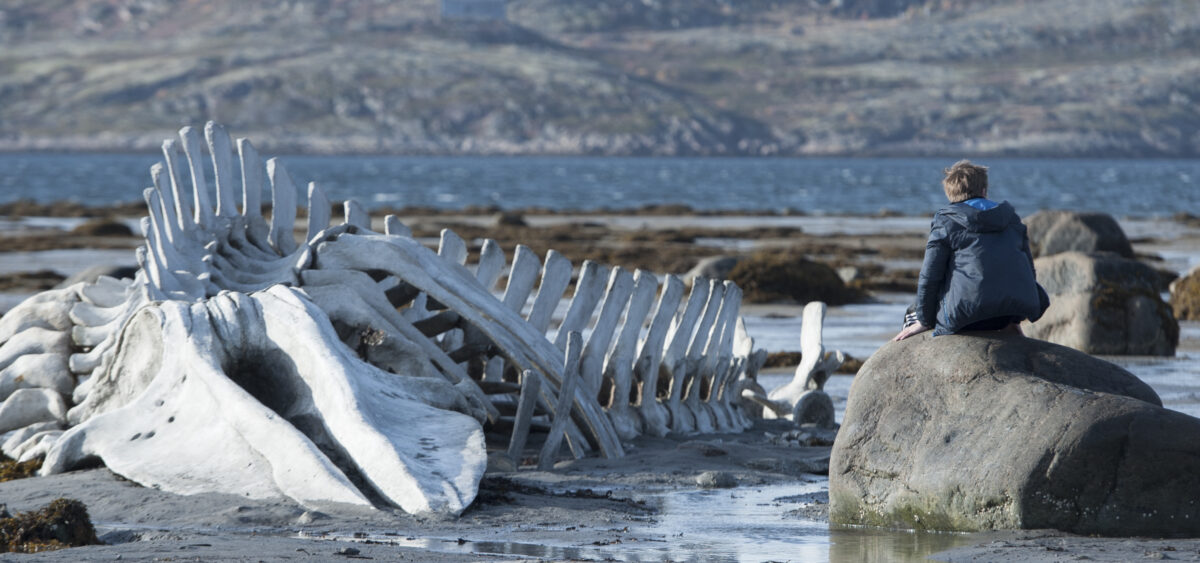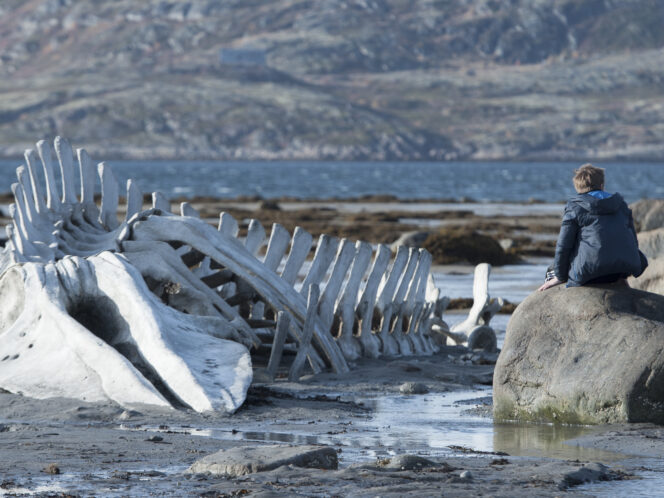
In his book L’architettura nel nuovo millennio [Architecture of the New Millennium], published in 2006, the renowned Italian historian of architecture Leonardo Benovolo wrote that since 1989, the art of building in Eastern Europe had been performed with low-tech methods and high-tech ambitions. But the last decade has showed that this is an increasingly rare phenomenon.
30 years have passed since the fall of the communist regimes, and our region, thanks to a supportive economy, EU subsidies and the free flow of information and materials, has become a land of attractive construction investments and bold architectural projects with ever-improving execution. The fall of the Iron Curtain opened a gigantic, trans-European motorway: architects from the post-communist countries practise and work in the most prestigious studios, and in turn, those from the so-called West participate eagerly in our competitions. Not to mention that international and intercultural collectives and teams are by now an everyday sight.
This list is a summary and a reflection of the changes made in the last decade. It includes a selection of the most intriguing buildings made by both local architects and those from other countries in Europe and around the world. The list includes buildings small and large, built from scratch and brought back to life after being forgotten for years. As architecture isn’t limited to putting up walls, I’ve included parks and squares on this list. These are our favourites – thus the list is very subjective. There are few self-aggrandizing, imposing structures here. I concentrated primarily on projects that intelligently open up dialogue
